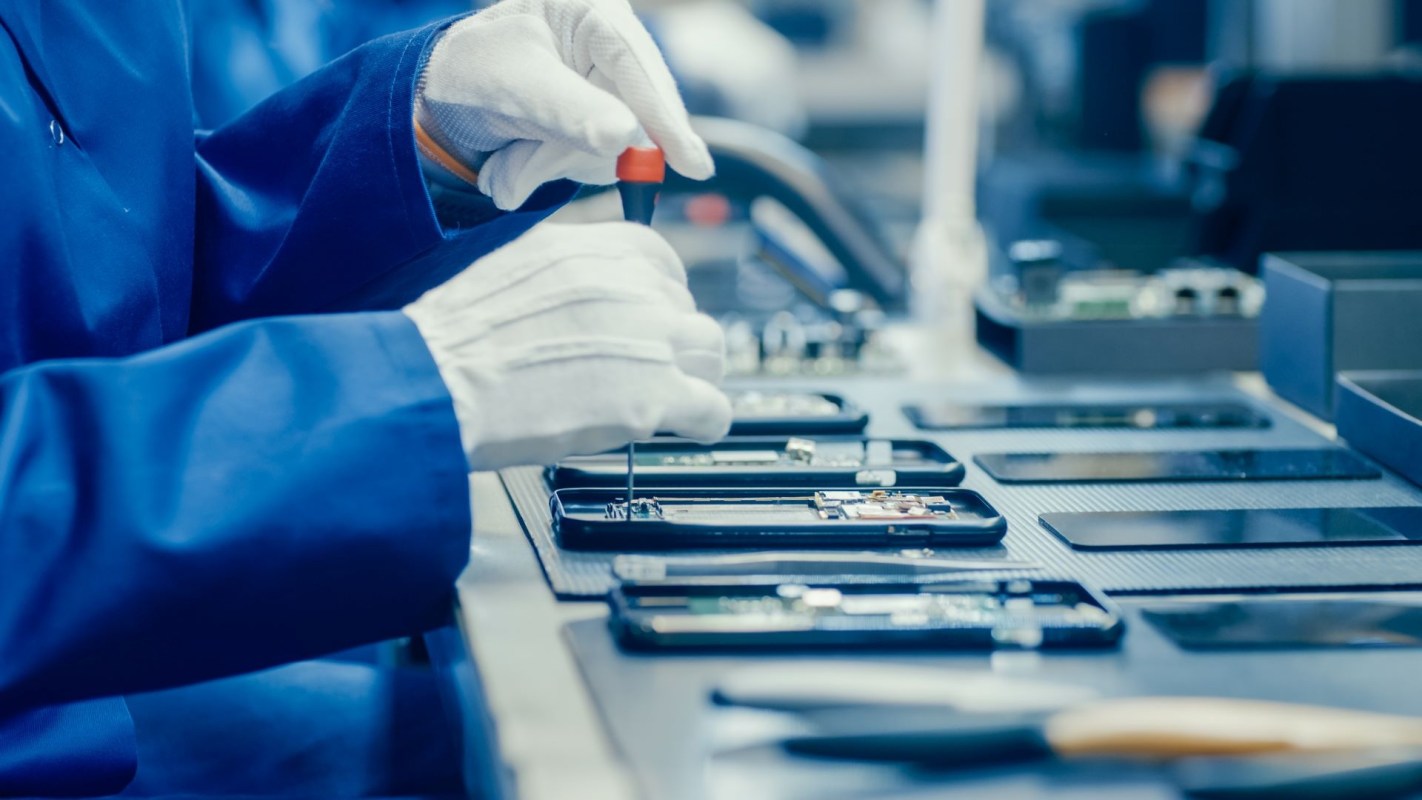Rare-earth elements are common in most people's lives. Every time you use a smartphone, for example, you are likely using technology that includes the metals scattered throughout the Earth's crust.
Although these elements are more abundant than their name may suggest, they are referred to as "rare" because it is difficult and expensive to mine and process them cleanly, Reuters explains. It takes invasive mining techniques and complex processes to turn these elements into the magnets used in electronics.
Mining experts have explained that perfecting the process of obtaining rare-earth elements is crucial to continued breakthroughs in clean technology — from wind turbines to electric vehicles.
"It is the magnet inside the motor that makes your electric vehicle drive. It is the magnet inside the turbine that turns wind into energy." James Litinsky, Chairman and CEO of MP Materials, said in a video shared on his company's website. MP mines and processes rare-earth elements in California and also has operations in Nevada.
What are rare-earth elements?
The U.S. Department of Energy lists 17 rare-earth elements found infrequently in the Earth's crust. They are: lanthanum, cerium, praseodymium, neodymium, promethium, samarium, europium, gadolinium, terbium, dysprosium, holmium, erbium, thulium, ytterbium, lutetium, scandium, and yttrium.
These elements are considered important at even the highest levels of government. In 2021, President Joe Biden included them in an executive order regarding the supply chain.
What are the drawbacks?
A photograph of a rare-earth element mine shared by Science News resembles an asteroid impact zone. It's a deep, layered, and dusty hole in the ground with machines grinding away at the ground. There are 14 places worldwide where the elements are being mined, as identified on a map published by Science News.
The mining of these elements throughout the years has been notably destructive. During the 1980s and 1990s in California, repeated pipeline ruptures resulted in about 2,205 tons of chemical-saturated water — used to process the elements — entering the environment. In China, the Bayan Obo mine is one of the most heavily polluted places on the planet.
What are the advantages?
Companies like MP Materials promise to use better methods, approved by government watchdogs, to mine rare-earth elements safely.
MP reports that part of the process includes recycling water and that the company plans to "virtually eliminate" groundwater contamination.
Rare-earth metals could be critical to achieving green technology breakthroughs related to electric vehicles and wind turbines.
"We need rare-earth elements … to help us with the transition to a climate-safe future. [Yet,] everything that we do when we're mining is impactful environmentally," Michele Bustamante, a researcher at the Natural Resources Defense Council in Washington, D.C., said to Science News.
Rare-earth recycling
One way to avoid the hazards of mining is to prevent mining itself. Recycling technology that uses rare-earth elements is one way everyone can help.
A growing number of companies are starting to recycle old electronics, in some cases paying people for the devices. Although, Science News reports recycling won't provide enough elements to meet growing demand.
Another option is extracting the elements from coal waste. But mines will likely be part of the plan.
"The path to the future has to do with getting the most out of what we take out of the ground," Bustamante told Science News. "Ultimately the biggest lever for change is not in the mining itself, but in the manufacturing, and what we do with those materials at the end of life."
Join our free newsletter for cool news and actionable info that makes it easy to help yourself while helping the planet.









